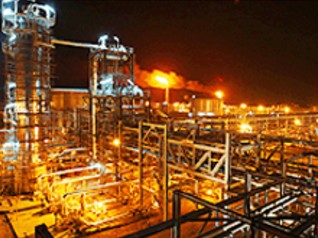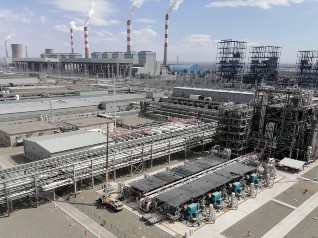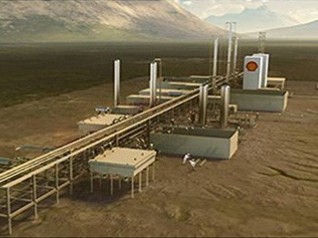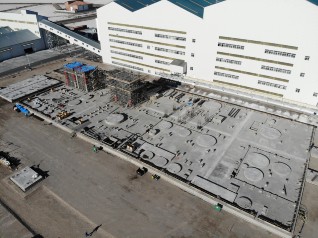Gas Dehydration
Encryo natural gas dehydration units to treat water content specification or to prevent freezing or hydrate formation in downstream processing units.
Natural gas from reservoirs typically contains water, and treated natural gas from an acid gas removal unit is typically water-saturated. Water-saturated gas is commonly dehydrated through adsorption or an absorption process.
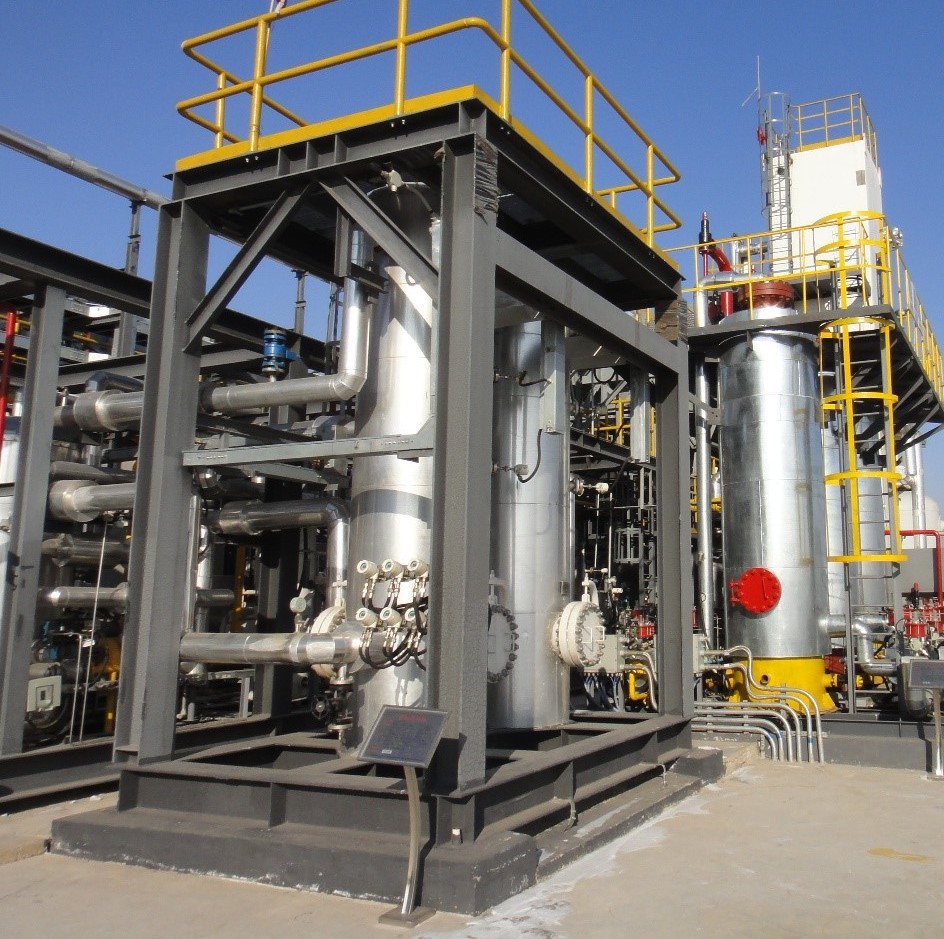 Molecular Sieve Dehydration Units
Molecular Sieve Dehydration Units
Adsorption utilizes solid desiccants such as silica gels, alumina, and zeolite molecular sieves. These desiccants vary in adsorption isotherms and dehydration performance characteristics. Among these sorbents, the molecular sieve is the only option which can dehydrate the feed gas to less than 0.1 ppmv of water or with a water dew point as low as -150°F (-100°C) or less. A molecular sieve is commonly used upstream of cryogenic gas processing such as liquefied natural gas (LNG) plants and de-methanizer units for ethane recoveries.
Encryo can provide and built 2, 3, and 4 or more towers molecular sieve dehydration units utilizing dry gas or low-pressure regeneration gas systems.
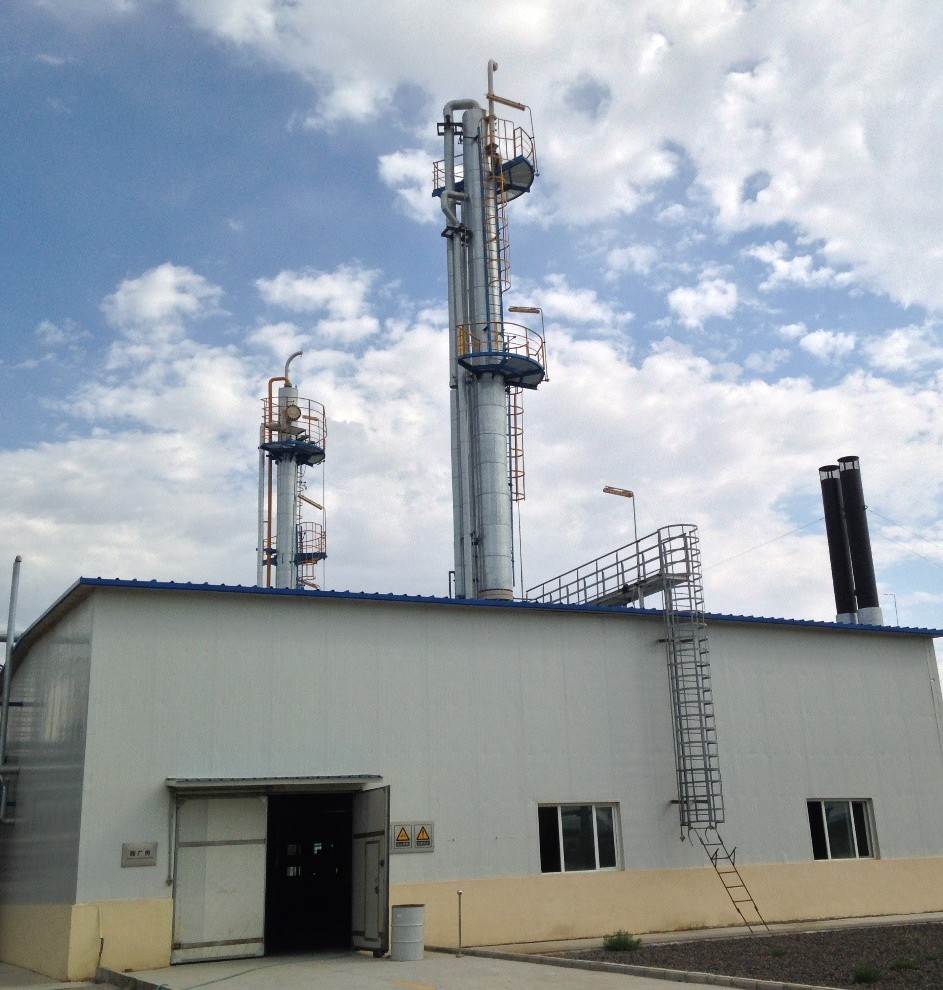
TEG Dehydration Units
Water content specifications for pipeline-transported natural gas typically range from 20 ppmv to 140 ppmv, and glycol absorption is commonly utilized for gas dehydration with this specification target range. A glycol dehydration unit consists of a contactor absorbing water from the feed stream, and a glycol regeneration system stripping off absorbed water in the rich glycol and generating lean glycol. Glycol absorption via a contactor to meet the 20 ppmv to 140 ppmv target range requires less capital and fewer operating costs relative to those of the molecular sieve option.
Commonly used glycols are ethylene glycol (EG) and triethylene glycol (TEG). A TEG dehydration unit with a conventional regeneration scheme can reach about 99 wt% lean TEG. The weight per cent of the regenerated TEG increases at lower regenerator pressures and higher reboiler temperatures.

